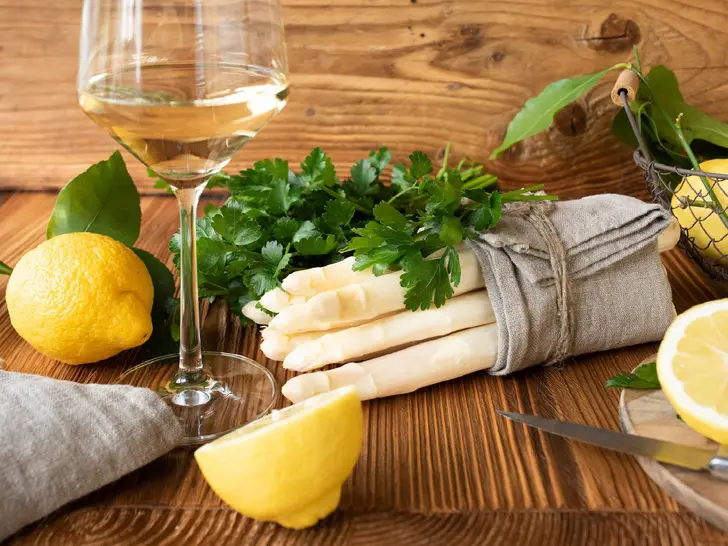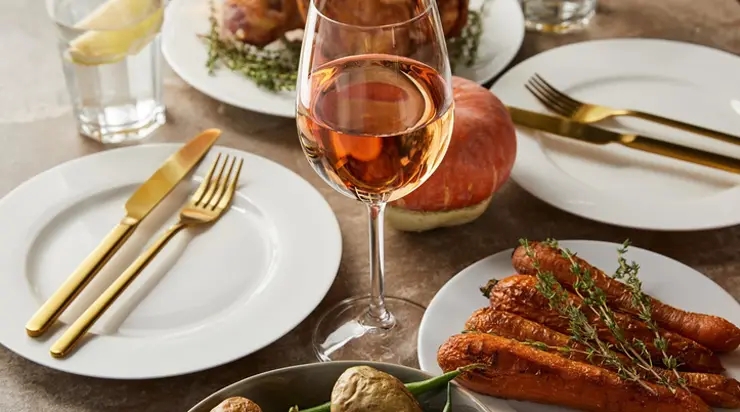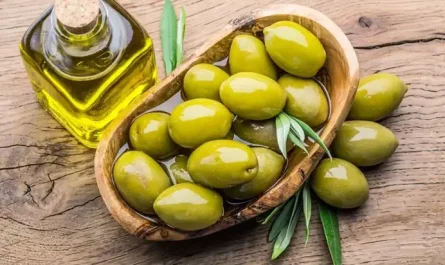Hayblog.am will tell you what wine mistakes can ruin even the most exquisite dinner, and we also figure out how to avoid them.
When setting the table for any holiday or dinner party, remember that not all wines will pair with what you’re preparing. Mario Colesanti, director of marketing and sales at the international wine investment platform Vindome, will talk about how to correct mistakes when pairing wines and various dishes, as well as give some tips for choosing the perfect wine.
The taste range of any product or dish is individual, just like wine. Some combinations give an unforgettable aftertaste, which cannot be said about others. Let’s look at what it is better not to combine wine with, and if you combine it, it is correct.
Dark chocolate and tannic wines
Dry red wines such as Cabernet, Burgundy and Bordeaux, like dark chocolate, contain tannins that complement spicy dishes. However, when combined with each other, they create an unpleasant bitter taste. However, if you really want to “make friends” with chocolate and wine, don’t worry – fortunately, there are exceptions when combining these two products. For example, port-style red wines (Zinfandel, Malbec) pair well with dark chocolate.
Raw vegetables and any wine
Raw vegetables do not go well with wine, regardless of its type, which will be a big disappointment for those who adhere to a vegetarian or raw food diet. A dish prepared from fresh vegetables, in combination with wine, gives a bitter aftertaste due to the large amount of sulfur compounds, so broccoli, asparagus, spinach, cabbage and Brussels sprouts are best served with some bright additives – this could be cream, various sauces or cheeses. In this case, white or rose wines are perfect for them.

Eggs and any wine
A boiled egg is a disaster for wines; it is better not to engage in such experiments. Egg yolk inherently does not go well with wine. The yolk either suppresses the wine flavor or adds an unpleasant metallic tint. If you are a natural gourmet and are ready to experiment, try egg snacks with white wines (Chardonnay, Nebbiolo) or rosé.
Sour berries and fruits and any wine
Lemons, pineapples, persimmons, green apples, pomegranates, cranberries, lingonberries, as well as sauces prepared on their basis, do not give the wine the best shade, and therefore it is better to give preference to other fruits and berries and select the right pairings for them. Thus, sparkling white and sweet wines, for example, Muscat, go well with sweet berries, and apples and pears go well with semi-sweet white wines. Dry wines, for example Sauvignon Blanc, go well with bananas and dried fruits.
Oily fish and tannin wine
The tannin found in red wines and fat actually counteract each other quite well, so it might seem that fatty fish like salmon should pair well with red wine. The reason it doesn’t work that way is because the tannin in the wine and the fat in the fish cancel each other out, leaving a fishy taste in the mouth.
But don’t worry, oily fish goes well with wines that have high acidity, such as sparkling or white wines.
Tips for choosing the perfect wine
Get to know your preferences
Have you ever wondered why some people are drawn to salty foods while others are drawn to sweet foods? Why do some people prefer to drink only slightly sweet, light white wines, while others enjoy the heaviest, richest reds? All preferences are often determined by the number of taste buds on the palate.
The number and location of taste buds varies greatly, so it is not surprising that we all perceive food and wine differently. The point is to trust your taste. If you don’t like a particular food and wine pairing, no sommelier will convince you otherwise.
Analyze how different foods affect the taste of wine
Imagine brushing your teeth and then immediately drinking some orange juice. It has a strange and incredibly sour taste. The point is that orange juice hasn’t changed, it’s the toothpaste that has changed your perception of orange juice. The same thing happens when you taste wine immediately after tasting food high in salt, acidity, sugar, fat or pepper.
Learn traditional wine and food pairings
A salty rib eye steak and a sour Barolo work well for most people because the combination of salt and fat in the steak smoothes out the tannins, making the wine smoother and smoother. Muscat or Champagne are a classic pairing for oysters because the high acidity of the wine is tempered by the tangy lemon juice or vinegar that accompanies the oyster. Likewise, wines with high acidity such as Albariño, Gavi or Chablis are reliable choices to enjoy with shellfish.
It is important to understand that everyone’s preferences are different. Even for the most incompatible products, there will always be a lover who will praise the versatility of the flavor palette. And when pairing alcohol with your holiday menu, stick to everyone’s rules and guests’ requests—this way, you’ll be more likely to please everyone.



